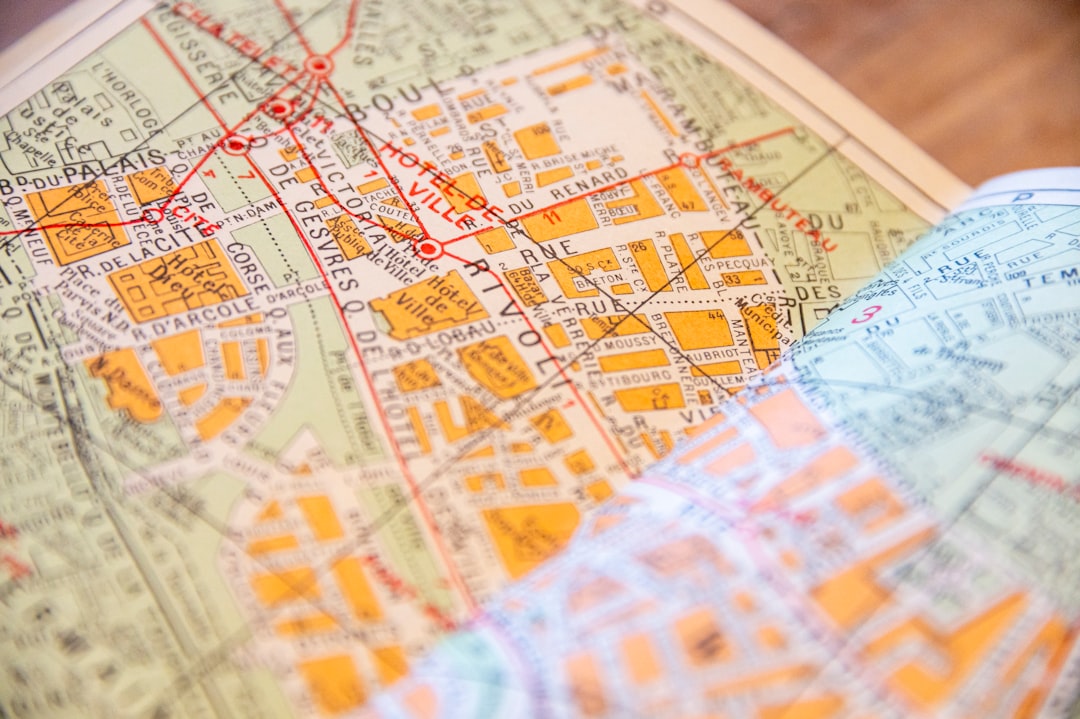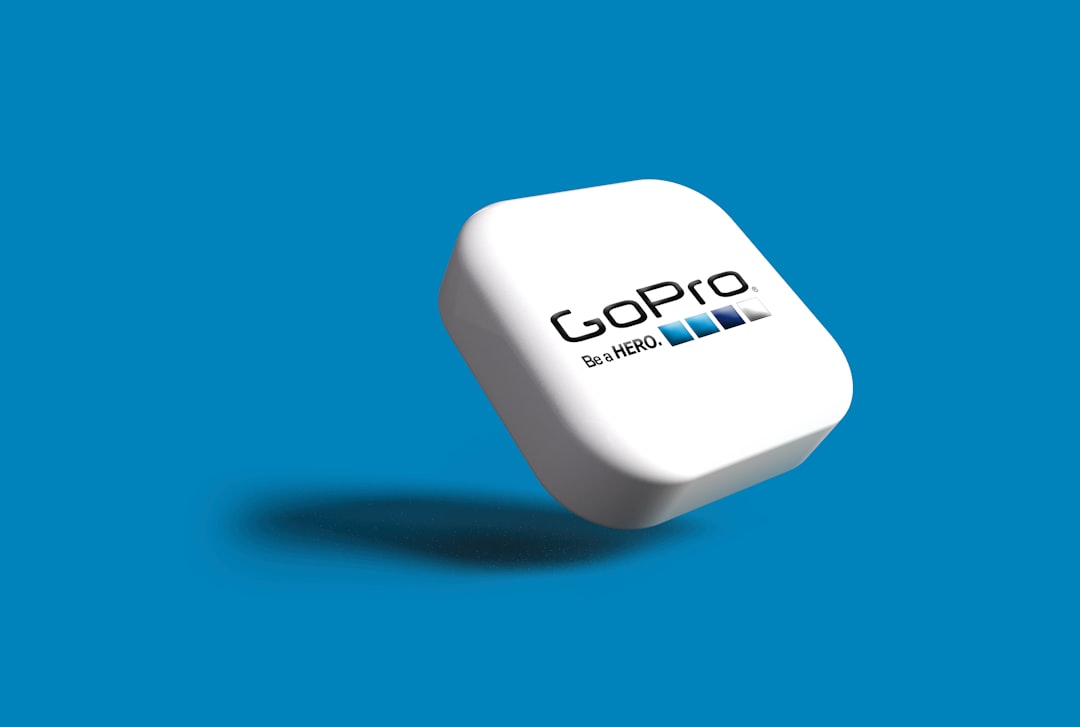Creating programmatic location pages is a powerful way for businesses to expand their website content, improve local SEO, and reach customers in their service areas. However, doing it right—without spamming search engines or users—requires deliberate strategy, quality control, and a focus on user experience. This article explores responsible, scalable methods for generating programmatic location pages that provide value to users without crossing into spam territory.
Table of Contents
What Are Programmatic Location Pages?
Programmatic location pages are web pages dynamically created at scale for specific cities, towns, ZIP codes, or even neighborhoods. These pages are typically used by businesses that operate in multiple locations or offer services across wide geographic areas, such as:
- Local service providers (plumbers, roofers, contractors)
- Healthcare systems with multiple clinics
- Retail chains and franchises
- Online directories or comparison websites
Each page targets a specific geographic area while offering similar core content, adjusted to reflect local relevance. When done correctly, these pages help users find services near them and allow businesses to rank higher in local searches. But to ensure long-term success, these pages must follow best practices and avoid duplicate or thin content.
Key Elements of High-Quality Programmatic Location Pages
Creating programmatic pages at scale often leads to thin or repetitive content, which can be flagged as spam by search engines. Here are the essential elements that make a location page genuinely valuable:
1. Unique, Localized Content
Each page should include tailored content that addresses local users’ needs. This goes beyond inserting a city name into a title. An effective strategy includes:
- Highlighting specific services offered in that location
- Mentioning nearby landmarks or neighborhoods
- Displaying location-specific testimonials or case studies
- Referencing local regulations, prices, or service availability

2. Structured Data Markup
Incorporate LocalBusiness schema or other relevant structured data to ensure search engines easily recognize geographic attributes associated with each page. This increases the chance of rich snippets in search results and improves visibility in Google Maps and other local listings.
3. Consistent, Scalable URL Structure
Use logical and readable URLs, such as /locations/city-name or /services/state/city. Avoid stuffing unnecessary keywords—and never create pages for locations where you don’t actually offer services.
4. Human-Friendly Design
Every programmatically generated page should still feel custom-built to the user. Key user experience features include:
- Readable fonts and responsive layouts
- Clear contact options (phone, forms, maps)
- Local office hours or special offerings
- Location-specific images or team member bios

5. Dynamic but Indexable Content
While dynamic capabilities like inserting data via JavaScript can enhance UX, make sure the core content is search-engine readable. Use server-side rendering (SSR) or pre-rendering when necessary to ensure Google indexes the right content.
The Risks of Spammy Programmatic Pages
Search engines have become excellent at identifying over-optimized or synthetic pages. Poorly-made programmatic pages pose several significant risks:
- Poor SEO performance due to thin or duplicated content
- Manual penalties or de-indexation from Google
- User distrust from low-quality or irrelevant pages
To avoid these risks, businesses must focus on intent, relevance, and value creation.
Tools and Platforms You Can Use
Several tools make it easier to build and maintain scalable, high-quality location pages while maintaining control and customization. Commonly used technologies include:
- Content Management Systems (CMS): Platforms like WordPress, Webflow, or Contentful support dynamic templates and content blocks tied to geo-data.
- Dynamic Rendering Engines: Next.js, Gatsby, or Hugo can generate fast, SEO-friendly static or server-rendered pages at scale.
- Database Integration: By connecting page templates to databases (PostgreSQL, Firebase, Airtable), unique and relevant local data can be loaded automatically.
SEO Best Practices
SEO is a major motivator for creating programmatic local pages, but optimization must focus on users first and engines second. Recommended practices include:
- Using unique meta titles and meta descriptions for each page
- Ensuring fast load times through image optimization and caching
- Creating internal links to clusters of related pages or services
- Acquiring local backlinks where possible to strengthen credibility
Examples of Effective Programmatic Location Page Use
Let’s look at a few real-world examples where programmatic pages are used effectively:
- A National Pest Control Company: Each city page includes seasonal pest trends, local technician bios, and city-specific service guarantees.
- A Multi-Clinic Dental Network: Pages highlight dentist bios, location hours, parking info, and insurance providers accepted at each location.
- A Real Estate Directory: Listings by ZIP code show local homes, school information, market trends, and nearby amenities.
These examples avoid spam while satisfying both user intent and search engine criteria.
When You Should Avoid Programmatic Pages
Just because you can create thousands of pages doesn’t mean you should. Businesses should avoid spinning up location pages if:
- They don’t serve those areas
- They don’t have high-quality or relevant local content
- The pages won’t offer any unique user benefit
In these cases, it’s better to pursue a local SEO strategy using fewer, higher-quality pages and Google Business Profiles in actual service areas.
Getting Started with a Scalable, Ethical Approach
To begin the process:
- Audit your existing presence and determine actual service regions
- Create a reusable, flexible location-page template
- Connect a data source (CRM, spreadsheet, CMS) to auto-populate local elements
- Analyze performance and indexation via Google Search Console
- Regularly update and enhance top-performing pages with new content
With a user-focused mindset and solid infrastructure, programmatic location pages can be a sustainable channel for long-term SEO and conversion growth.
Frequently Asked Questions (FAQ)
🤔 What is a programmatic location page?
It’s a web page generated at scale to target a specific geographical area. These can be dynamically created using templates and data sources to help businesses rank in local search and connect with users in specific cities or regions.
📉 Why are programmatic location pages seen as spammy?
When overused or poorly designed, these pages are often thin or duplicate content. If there’s no user value or unique information, search engines may flag them as spam, which can harm your domain’s SEO authority.
🛠️ How can I make location pages without writing each one manually?
Use a content management system with dynamic templates. Pair this with a structured data source like a spreadsheet or database that pulls in location-specific content, images, and metadata programmatically.
📍 Should each page include a Google Map or address?
Only if relevant. If you have a physical location in that city, a Google Map or address helps legitimacy. For service areas without an office, include clear service boundaries and contact methods instead.
📈 Do location pages really help with SEO?
Yes—if done correctly. Unique, locally relevant pages that address user intent are far more likely to rank in local search results and convert traffic better than generic or duplicate pages.




